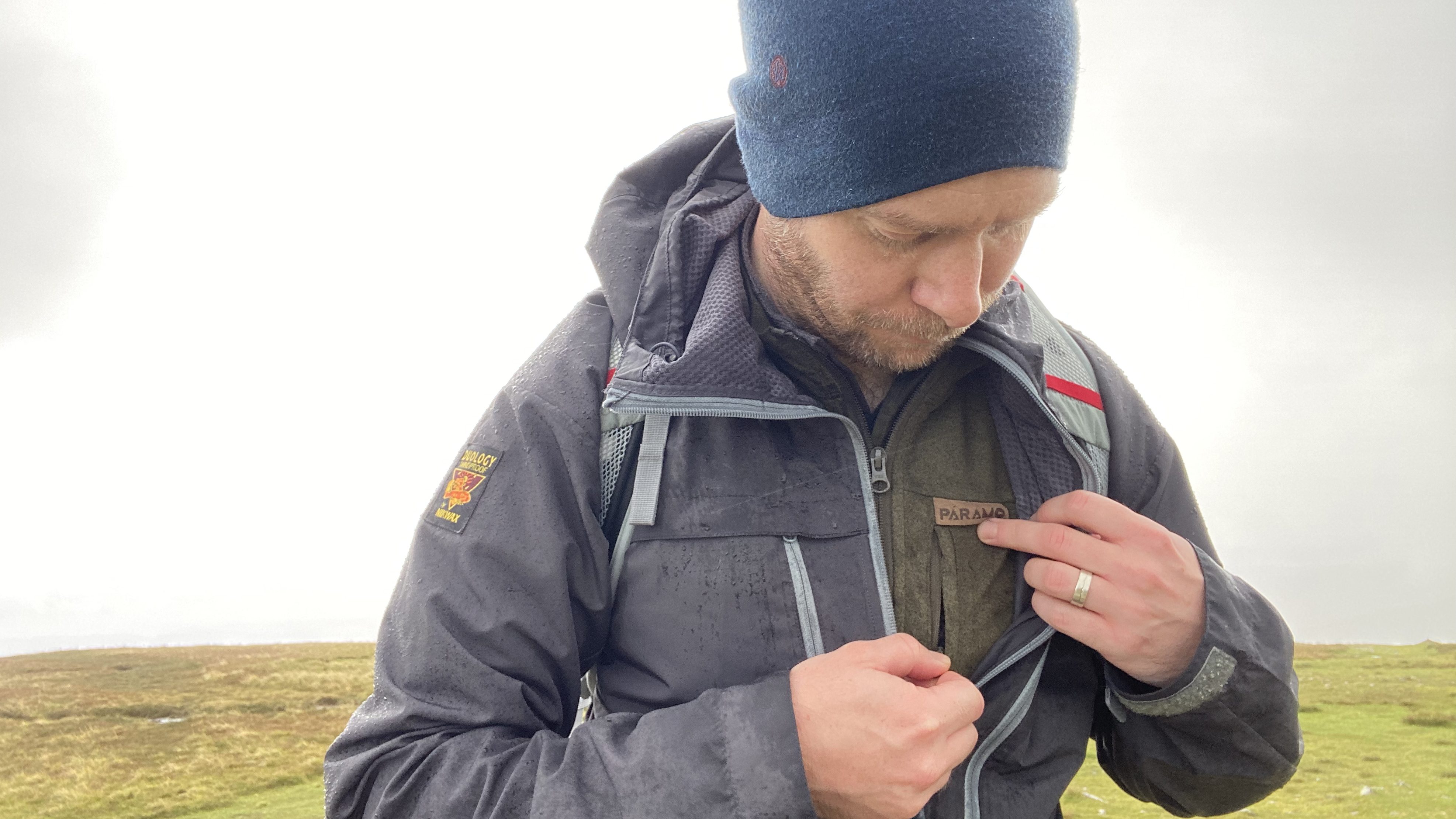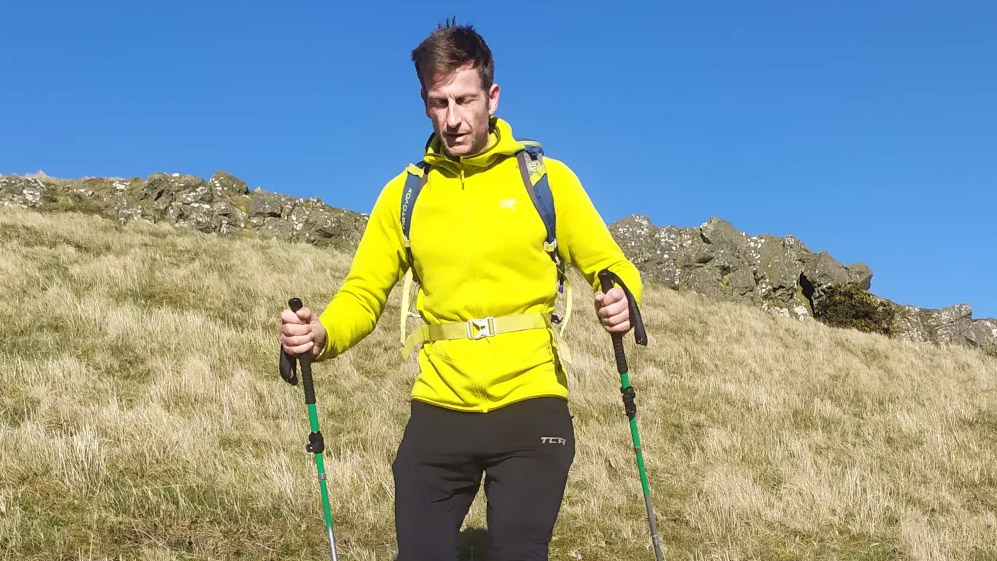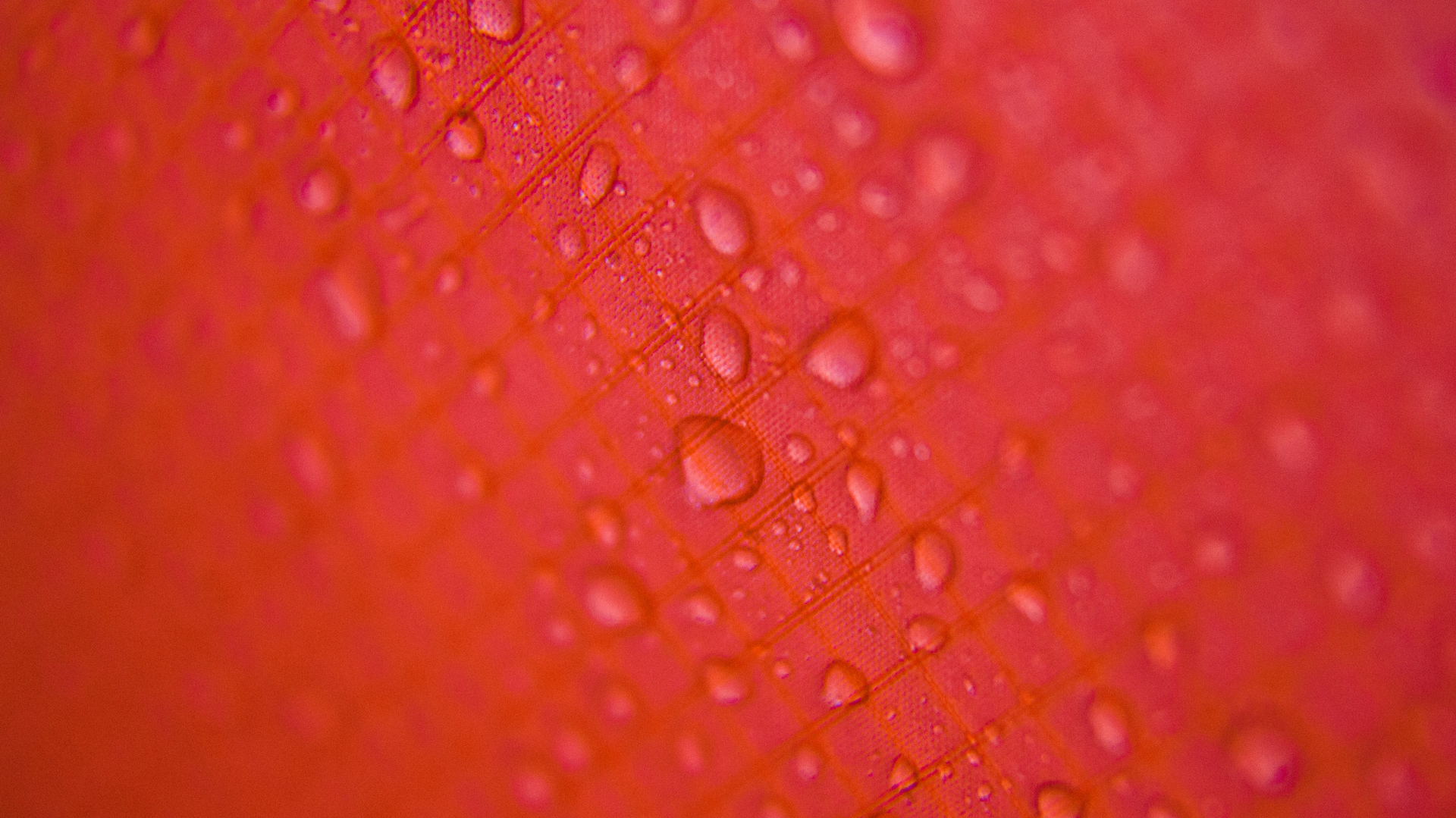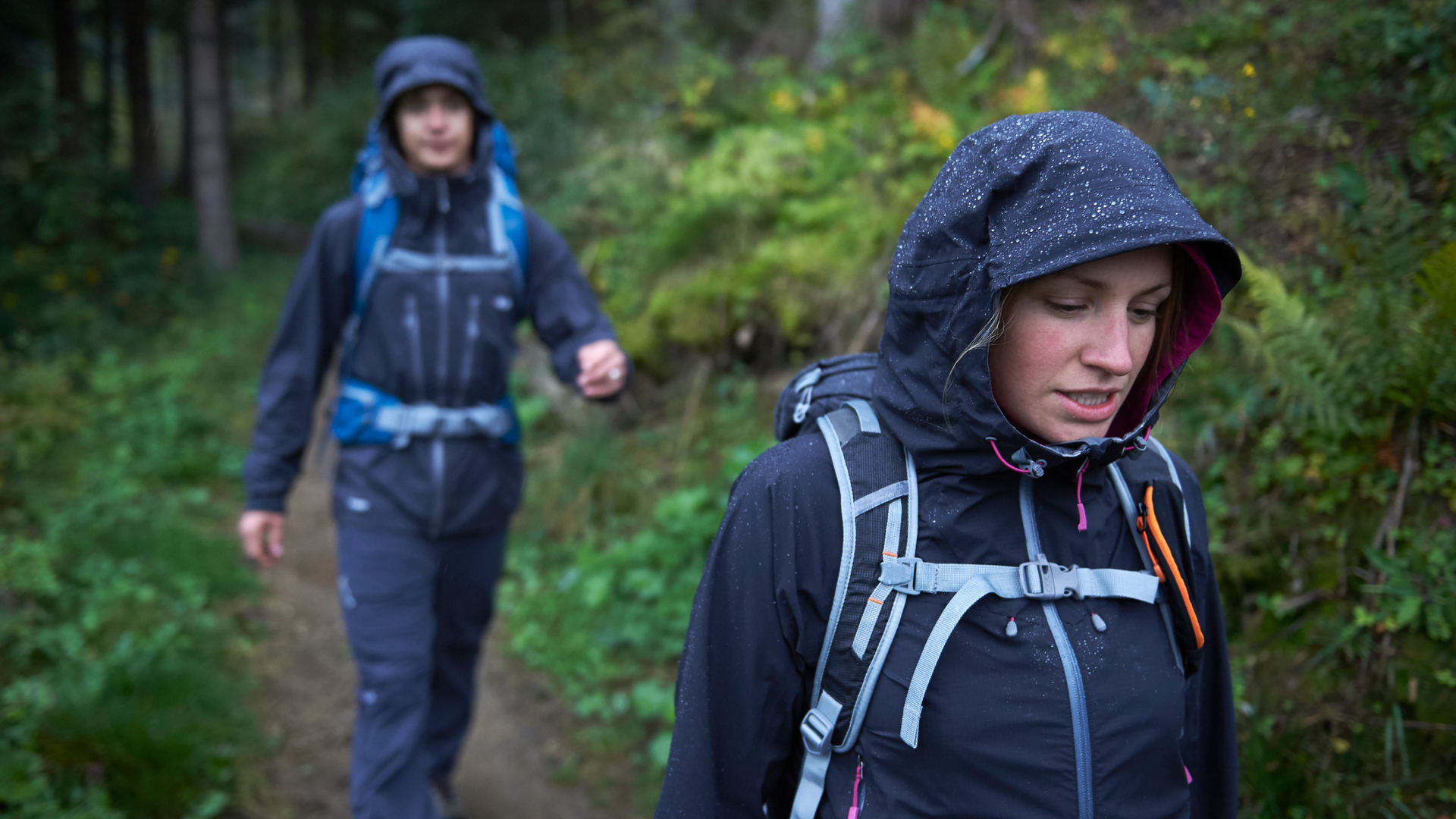What are taped seams, and why are they so vital?
Our expert guide to taped seams, one of the most crucial features in any piece of waterproof gear, from jackets to tents

Achilles' heel. Emperor Palpatine's overconfidence. Everest's South Col. We all have our weaknesses.
Even waterproof jackets, rain pants and tents can be breached, particularly where their weaknesses lie. In the case of a technical waterproof equipment, it's where two pieces of fabric join that a great line of weakness emerges. Here, where the layers are stitched together at the seams, are many tiny holes. These are the kind of holes that water rejoices in seeping through.
Additional fortifications are therefore put into place by gear manufacturers to ensure no breach of the defences. We asked one of our hiking experts to look into this extra measure that's applied to our waterproof stuff and to answer the question: what are taped seams?
What are taped seams?
In short, seam taping is a method employed by outdoor gear manufacturers to improve waterproofing in gear by doubling down on protection in the fabric’s most significant point of weakness, i.e. the seams. Taped seams are seen in everything from the best tents and waterproof jackets to gaiters and tarps.

When any product is made with multiple pieces of fabric, the pieces are sewn together, thus creating a “seam”. In the process of stitching the pieces of fabric together, hundreds – if not thousands – of tiny holes are created, thus leaving a potential entry point for water. Suppliers of waterproof membranes, such as Gore-Tex, provides manufacturers with its own seam tape.
Back in the day, outdoors-goers got around this problem by applying water-resistant waxes and oils to the seams, but seam taping is more effective, more durable, and saves you both a lot of hassle and having to put up with the (usually) funky smells of those oils and waxes.
Meet the expert

Kieran, our esteemed former editor, is a passionate rock climber, avid explorer and expert on kit for the great outdoors. After a spell in Italy, he now loves hitting the crags and mountains of his Scottish home, though it's rare that he has a day where his waterproofs aren't called for.
Today's best deals
Types of taped seams

There are three different types of taped seams: critically taped seams, fully taped seams and welded seams.
All the latest inspiration, tips and guides to help you plan your next Advnture!
Critically tapes seams
This means that only portions of the seams or certain seams in the product are sealed, usually in the area most prone to leaks. Generally speaking, this is the lowest form of seal sealing because it is the least comprehensive and, thus, the least effective.
Fully taped seams
If any garment or product has “fully taped seams,” it means that every seam on it is – as the name suggests – sealed with tapes. As you might expect, this is the most effective form of seam sealing.
Welded seams
These are seams that are “welded” together by essentially melting the two pieces of fabric to create a tight, waterproof bond. The main benefit of welded seams is that the bond is often stronger than the original fabric and – unlike tape – the weld doesn’t require reapplication.
Seam taping: how it’s done
- Manufacturers apply thermoplastic tape to the seams using heat and pressure
- The heat melts the tape over the join, effectively providing a waterproof shield where the fabrics meet
- It's possible to do this yourself with a roll of waterproof seam tape

During the production process, manufacturers tape the seams on products by applying thermoplastic tape to the seam with heat and pressure. The application of heat effectively melts the tape over the join where the two pieces of fabric are sewn together to create a waterproof seal.
It is possible to do a DIY job on your waterproof gear’s seams if they start leaking. All you have to do is pick up a roll of waterproof seam tape, apply this to the leaky seam, and then replicate the factory sealing process by applying heat with the tip of a medium-hot iron. Alternatively, you can use liquid-based sealants like the Gear Aid Seam Grip+ SIL.
Former Advnture editor Kieran is a climber, mountaineer, and author who divides his time between the Italian Alps, the US, and his native Scotland.
He has climbed a handful of 6000ers in the Himalayas, 4000ers in the Alps, 14ers in the US, and loves nothing more than a good long-distance wander in the wilderness. He climbs when he should be writing, writes when he should be sleeping, has fun always.
Kieran is the author of 'Climbing the Walls', an exploration of the mental health benefits of climbing, mountaineering, and the great outdoors.

